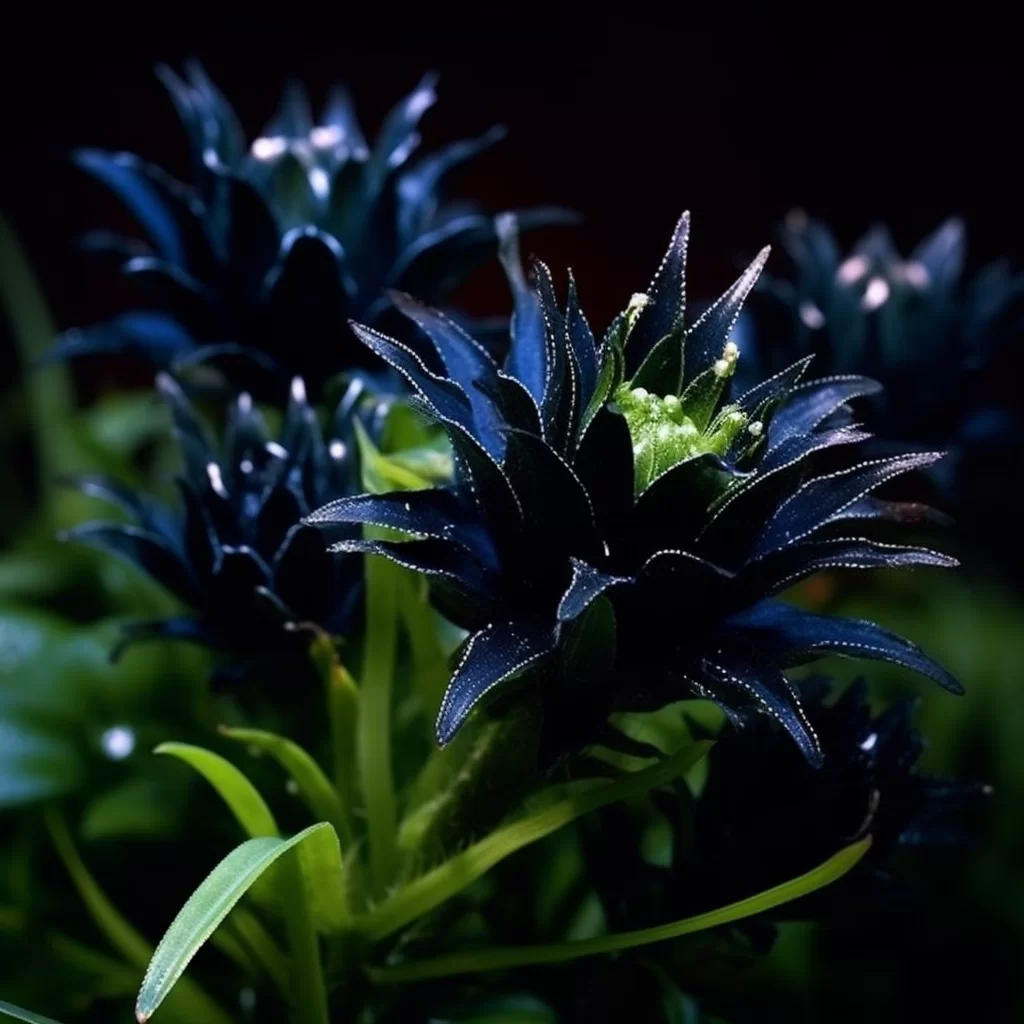Story of Day :
Contents
Queen of Night Plant: Complete Guide and Care Tips
Introduction
If you are looking for a plant that will give your garden an elegant look with its unique deep purple blooms, then the Queen of Night plant is the one for you.
This stunning flower is known for its large, trumpet-shaped blooms that open up at night to reveal their beauty.
In this article, we will provide you with a complete guide on how to care for this fascinating plant.
Description of Queen of Night Plant
The Queen of Night plant (Epiphyllum oxypetalum) belongs to the cactus family and is native to Mexico.
This tropical plant has long flat stems that can grow up to 20 feet long in their natural habitat.
The flowers are typically 6-8 inches long and have a strong fragrance which attracts nocturnal pollinators such as moths and bats. One interesting fact about these flowers is that they bloom only at night and wilt in the morning sun.
One interesting fact about these flowers is that they bloom only at night and wilt in the morning sun.
If you want to see them in full bloom, plan on staying up late or waking up early.
Planting Tips
- The Queen of Night plant needs well-draining soil.
- It prefers partial shade but can also tolerate direct sunlight.
- Avoid planting it near areas with bright artificial lights as it could confuse blooming times.
- To propagate this plant, cut a stem from the mother plant during spring or summer months when growth is most active.
- Dip cuttings in rooting hormone powder before planting them in well-draining soil mixtures.
Care Instructions

- The Queen of Night requires regular watering but make sure not to overwater it as excessive moisture can cause root rot.
- Fertilize the plant with a balanced slow-release fertilizer during spring and summer months.
- Prune back stems after blooming to promote new growth.
- If you live in an area with colder temperatures, bring the plant indoors before the first frost.
Pests and Diseases
The Queen of Night plant is generally resistant to most pests and diseases.
However, it can sometimes be affected by mealybugs, spider mites, or scale insects.
To prevent these pests from infesting your plants, wash them regularly with a mild soap solution.
Conclusion
 Growing Queen of Night plants can be a rewarding experience as they are unique and beautiful additions to any garden.
Growing Queen of Night plants can be a rewarding experience as they are unique and beautiful additions to any garden.
By following our care tips outlined above, you will ensure that your plants grow healthy and produce stunning blooms every season.Remember that these nocturnal beauties require some patience to see their blooms at night so keep an eye on them after sunset or rise early in the morning when they are still open.
With their incredible fragrance filling up your garden air in those late evenings or early mornings, it’s worth all the effort!